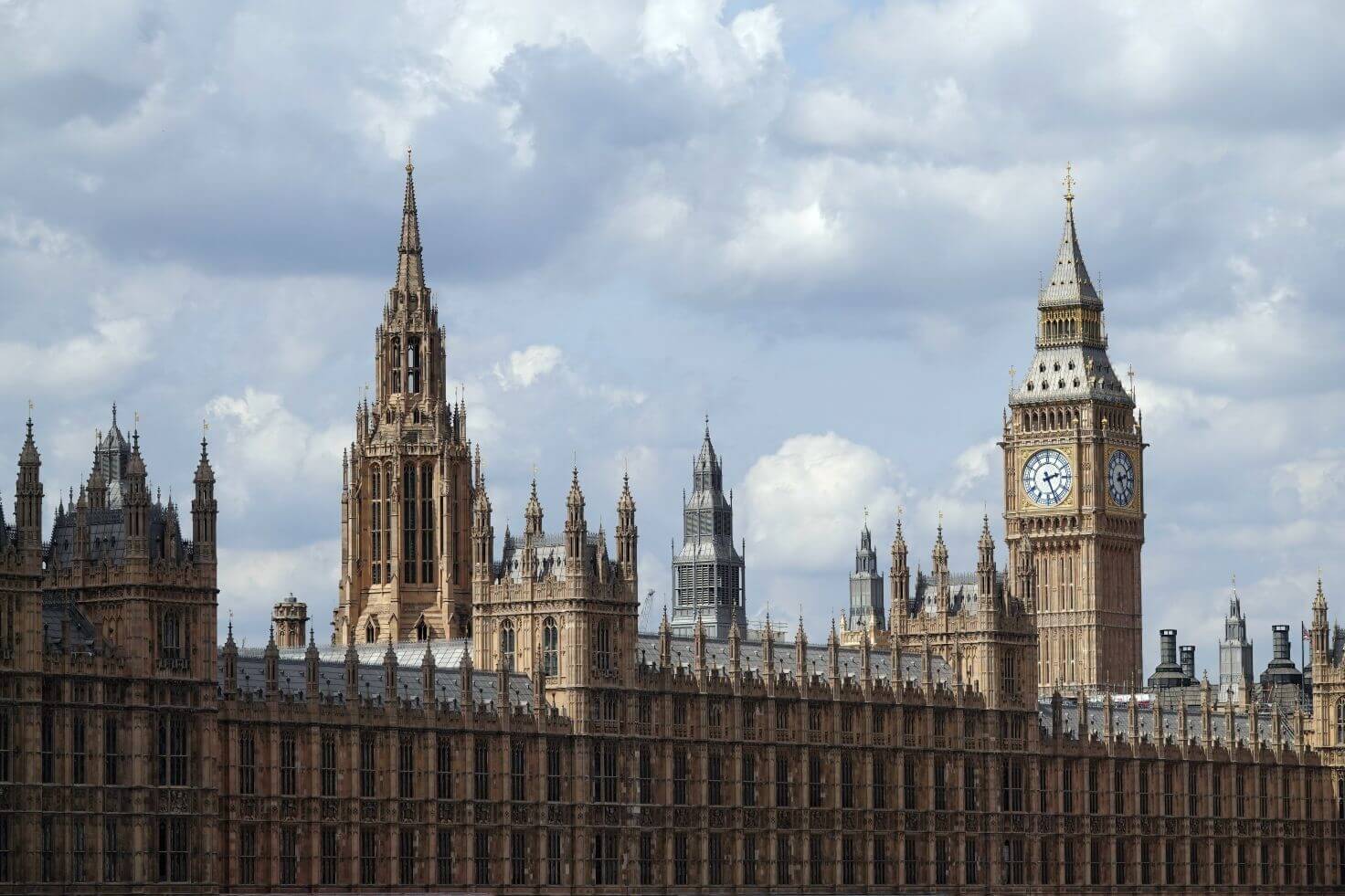In August 2020, we surveyed a number of business to find out their biggest workplace concerns. In light of COVID-19, we narrowed it down to four important issues:
- Becoming COVID-secure
- Reducing staff costs
- Returning staff from furlough
- Making redundancies
It was a close call, but in the end becoming COVID-secure was employers’ most significant worry.
The UK’s workplace worries
Why was becoming COVID-secure the winner?
There are many factors that have contributed to this result.
Some workers are scared to return to the workplace. This means they may refuse to return despite being healthy and fit for work. Reassuring staff that your premises are safe is no easy feat. You may have to implement health & safety measures that you hadn’t even considered before COVID-19. All of this is new, meaning all of this is a fresh challenge.
Making your workplace COVID-secure doesn’t just present health & safety challenges either. It’s also an HR issue. Enforcing social distancing measures among staff is tricky if individuals don’t agree with your approach. Colleagues may be at odds with one another if they fail to abide by social distancing. This can lead to grievances and disciplinaries.
Then, you need to consider contact with the general public or clients. The UK has already seen a sharp rise in violence against retail workers. How do you plan to protect employees from these threats?
Get complete health & safety support from Croner today. This includes 2/7 telephone advice, an online management system as well as crisis support and risk assessments.
Industry breakdown
Becoming COVID-secure
The two industries most concerned with this issue were ‘Arts, Entertainment & Recreation’ and ‘Education’.
Both industries are people-focused. And, both are among the last to re-open. This means they’re at a heightened risk due to their exposure to the general public, and the precautions they’ve put in place are yet to be tried and tested.
While theatres and leisure centres are slowly re-opening now, Schools will face their real challenge in September. Both industries will need to monitor their staff closely and maintain constant support for their workforce. We’ve already seen COVID-19 breakouts in manufacturing companies, it’ll take vigilance to ensure the same doesn’t happen in education.
Making redundancies
The ‘Administrative & Support Services’ category includes companies such as:
- Travel agencies
- Building cleaning
- Office administration
- Debt collection
- Call centres
With these types of organisations in mind, it becomes clearer why making redundancies is a key concern. Travel agencies will naturally be struggling in a climate where overseas travel is severely limited. Building cleaning may be more in demand than ever, but the industry has been fraught with health & safety risks and staff cuts. Many office-based companies within this industry are smaller companies that have struggled during lockdown. As a result, they'll be looking to cut costs via redundancy.
Reducing staff costs
‘Education’ takes the top spot in this category, closely followed by ‘Accommodation & Food Services’.
Prior to coronavirus and lockdown, schools were already looking for ways to reduce staffing costs. Now, after months of non-activity, balancing the budget may be a real challenge.
A similar situation faces hotels, restaurants, and bars. These companies will undoubtedly face less income as they’re forced to socially distance—effectively halving their regular customer base. The natural answer to this problem is to reduce working hours of staff, or cut benefits. Doing so can pose risks however, such as a claim of constructive dismissal.
Tread carefully. If you’re uncertain during any step of the process, seek independent advice from one of Croner’s HR experts on 01455 858 132.
Returning staff from furlough
Perhaps one of the more surprising results from our survey was that tech and telecommunication companies were most worried about returning staff from furlough. Manufacturing businesses also listed this as their highest concern.
This implies that both of these industries have a significant amount of staff still on furlough. If you are yet to bring employees back from furlough, we’d recommend an open channel of communication. Your return to work plan should be documented and available to all employees. And, make sure they’re aware of who they can go to with any concerns.
Finally, plan ahead. If your area goes into local lockdown, vulnerable staff may need to isolate again. The disruption to your business will be lessened if you know who is likely to shield, and how to accommodate this need in advance.
Expert support
If you're struggling with any of the issues raised above, and want industry-specific advice, call on of our experts for advice on HR, health & safety, and employment law. Contact us today on 01455 858 132.
Related resources
Categories
- Business Advice
- Culture & Performance
- Disciplinary & Grievances
- Dismissals & Conduct
- Employee Conduct
- Employment Contracts and Documentation
- Employment Law
- Employment Rights Bill
- End of Contract
- Equality & Discrimination
- Health & Safety
- Hiring and Managing
- Leave & Absence
- Managing Health & Safety
- Moving
- Occupational Health
- Pay & Benefits
- Recruitment
- Risk & Welfare



